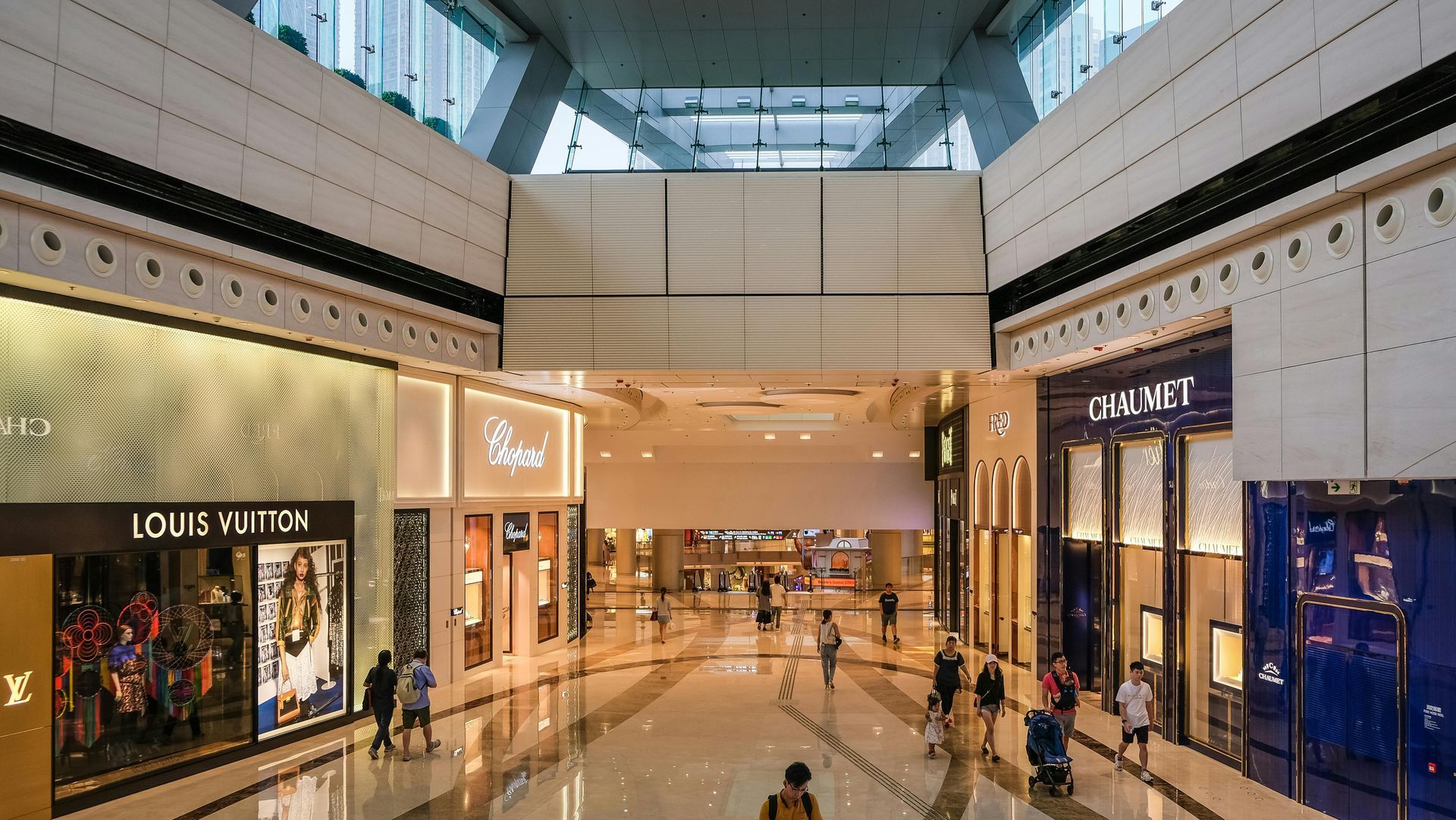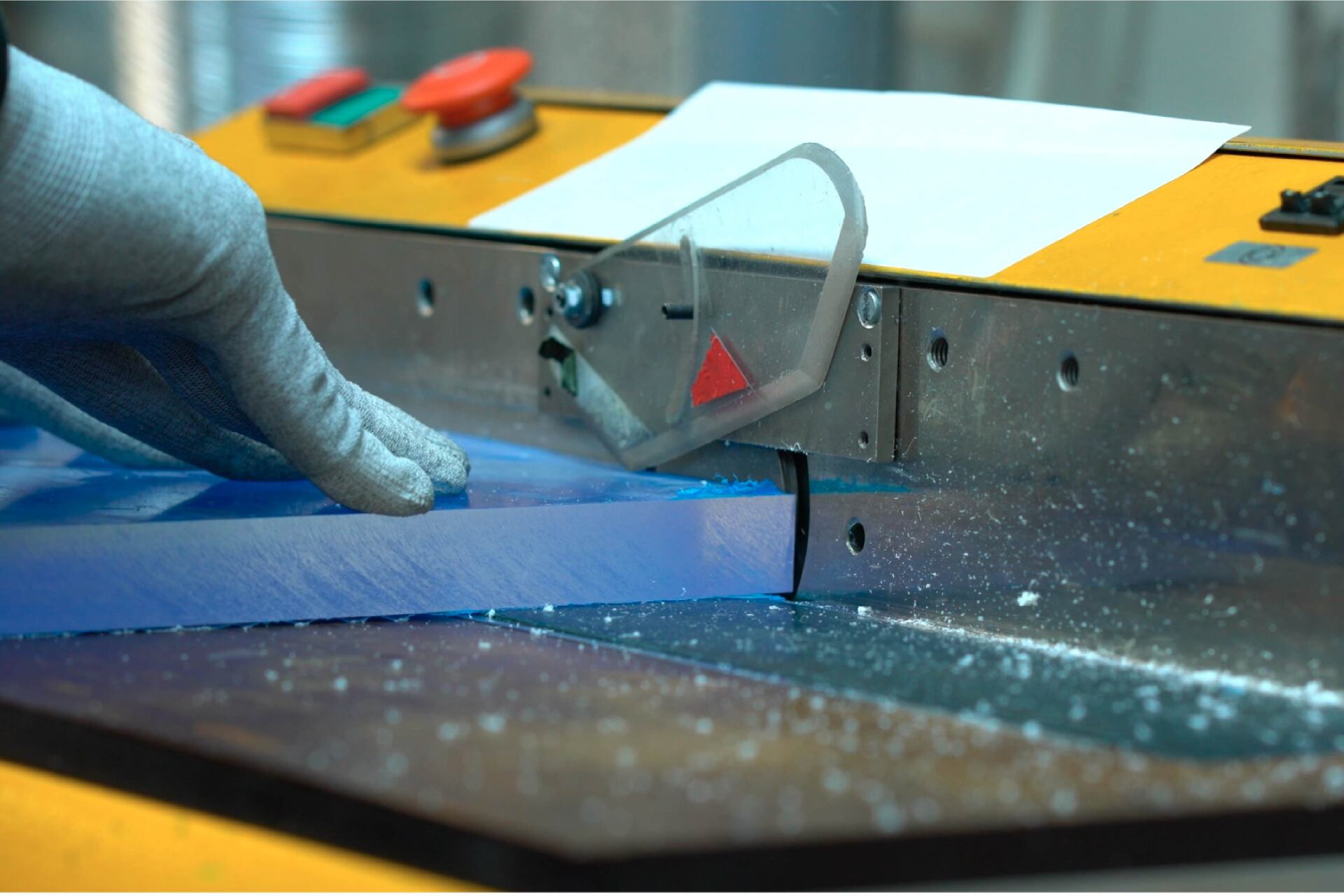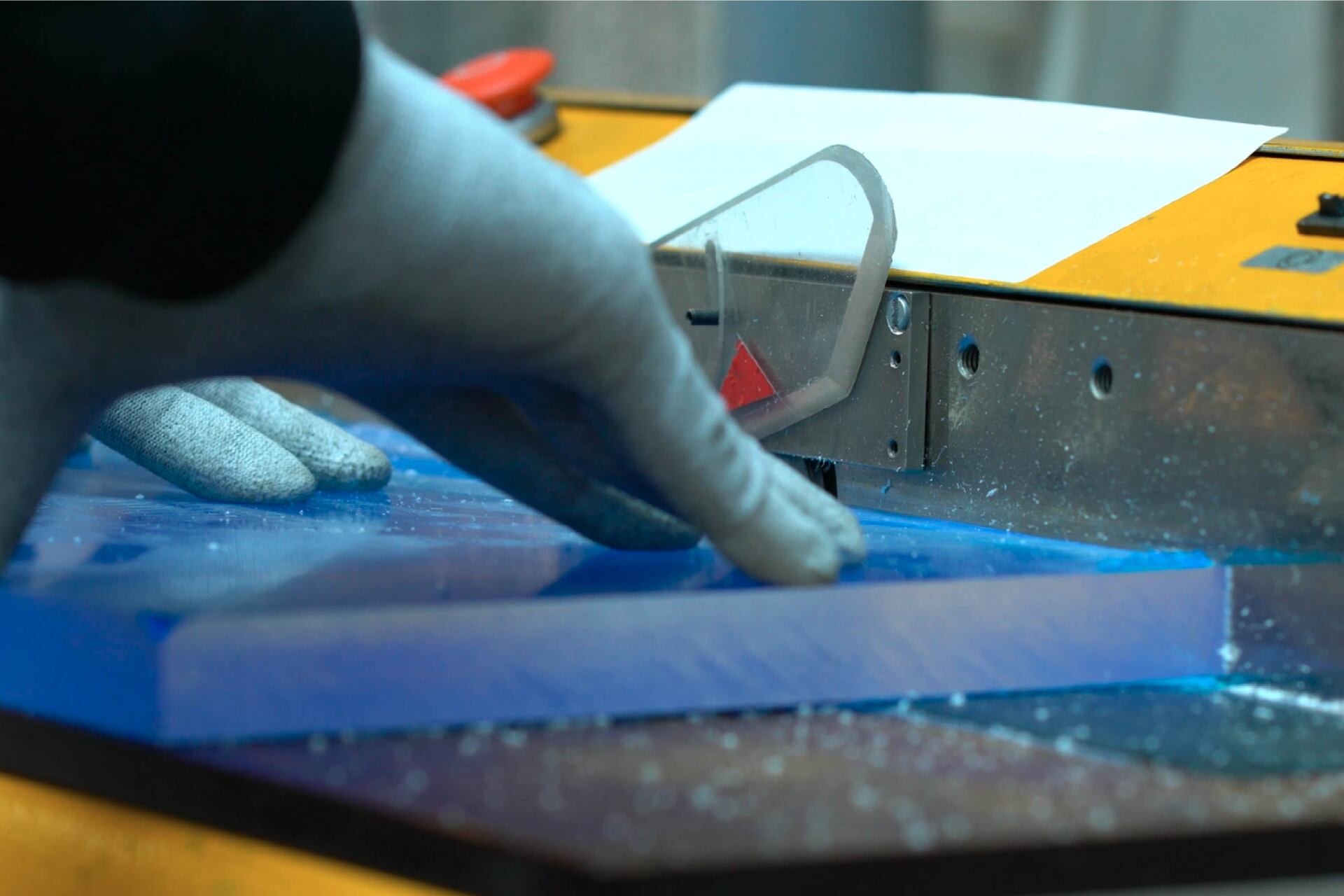Visual Merchandising Goals for 2023
If you've been setting goals for your business for 2023, be sure you set a goal to improve your visual merchandising in your brick-and-mortar store. Businesses that have a clear visual merchandising strategy drive sales and can have higher customer retention. Visual merchandising for your store takes some planning, some creativity, and a good amount of execution. However, if you have implemented the strategies you planned into your store, you get the thrill of seeing how your customers react to the changes you've made.
Window Displays
The idea of "window shopping" has been around since as early as the 18th century, and there's a reason that it still exists today. Customers love the intrigue of seeing a few products from the outside of the store without having to enter – and if their interest is piqued enough by the window display, they'll enter the store. You may want to set a goal of changing your window display at a specific frequency: each week, every other week, or each month. Featured products, seasonal products, and best-selling products all make strong choices for a window display.
Lighting
Lighting is one of the most under-utilized visual merchandising tools. If you haven't given much thought to the lighting in your store aside from overhead lights, expanding on how you use lighting in the store can be an excellent goal for 2023. Soft glow white lights can be strategically placed around aisles, tables, and displays, drawing attention to products without being overbearing. For bolder statements, you could add neon or colored lights for a specific section of the store to stand out.
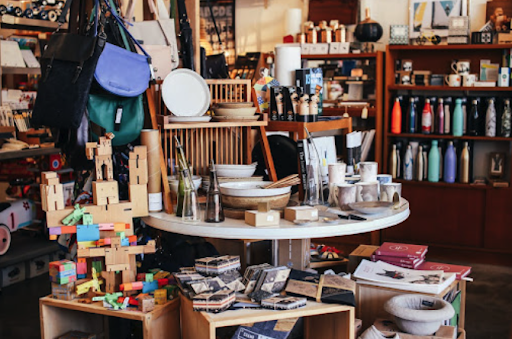
Traffic Flow
Have you ever been in a store with tight, crowded aisles and it was hard to maneuver around other customers and store items? A store with a poor traffic flow usually leads to negative customer experiences, and customers might not return to the store. The design of your displays, shelving, and customer path through the store is a part of visual merchandising. You can assist traffic flow by increasing your signage, adding flow arrows on the floor, and having similar items near each other for cohesion.
Signage
Signage is one of the most critical tools for visual merchandising and your store's success. When signage isn't set up well in a store, it can be overwhelming or confusing for the customers. Signage for individual products should be easy to take in within one or two glances. For larger stores, more prominent signs that denote store sections can be bigger and color coordinated. Finally, signs that direct customers to a customer service area, price check, checkout area, and bathrooms are also essential.
Cohesive Colors
The colors you use throughout your store can impact your customer's purchasing habits and overall experience. It is important to strive for a cohesive design – you can pick out lots of different color palettes for displays and signage, but the important thing is that they match and coordinate. You could color-coordinate different sections of the store or base your colors on your logo. You may also consider researching how color can influence consumer behavior.
Brand Identity
Similar to colors, brand identity is all about cohesion and consistency regarding visual merchandising. Your brand identity should encompass more than aesthetics and messages, rhetoric, and philosophies. You can incorporate this vision into your store with photos, symbols, and displays. For instance, an athletic clothing store that promotes spending time outdoors may feature pictures of people camping or walking in nature. Nailing down how to visually represent your brand identity can take some practice, but it pays off when you do.
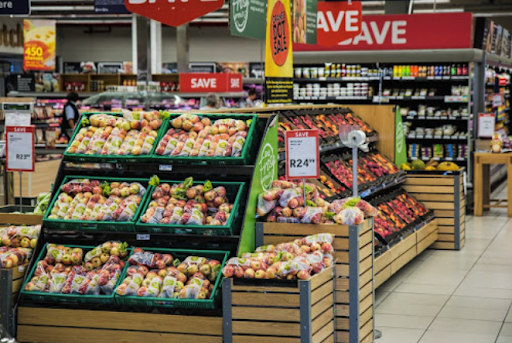
Appeal to Senses
Visual merchandising is mainly focused on what we can see. However, successful retailers will often incorporate other senses in their displays and stores. Product displays that let customers pick up a sample product and feel it or smell it can help to improve sales. Grocery stores and bakeries can offer samples of products to entice their customers. You can also appeal to your customer's auditory sense with thoughtful ambient sounds or music in the store.
POP Displays
Make 2023 your year to add or enhance your POP displays. POP (point-of-purchase) displays encourage impulse buys by placing items right by the checkout area. The merchandise you put in POP displays can be smaller featured items, travel-sized versions of other products, convenience "grab and go" items, or items that a customer might have forgotten to pick up earlier in the store. The displays should invite customers to pick up the items on them and be interactive. With POP displays and visual merchandising goals, your store will be set to improve sales for 2023.
Work with Exactec
Our team at Exactec makes custom retail displays out of acrylics, plastics, and more. We have decades of experience working to create innovative displays for our clients.
Let’s talk about your project today!



